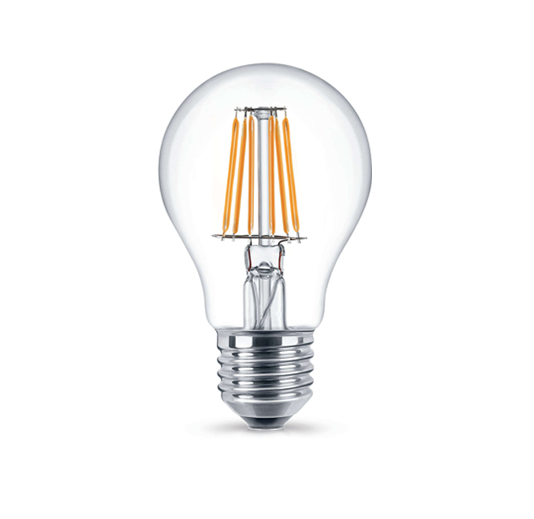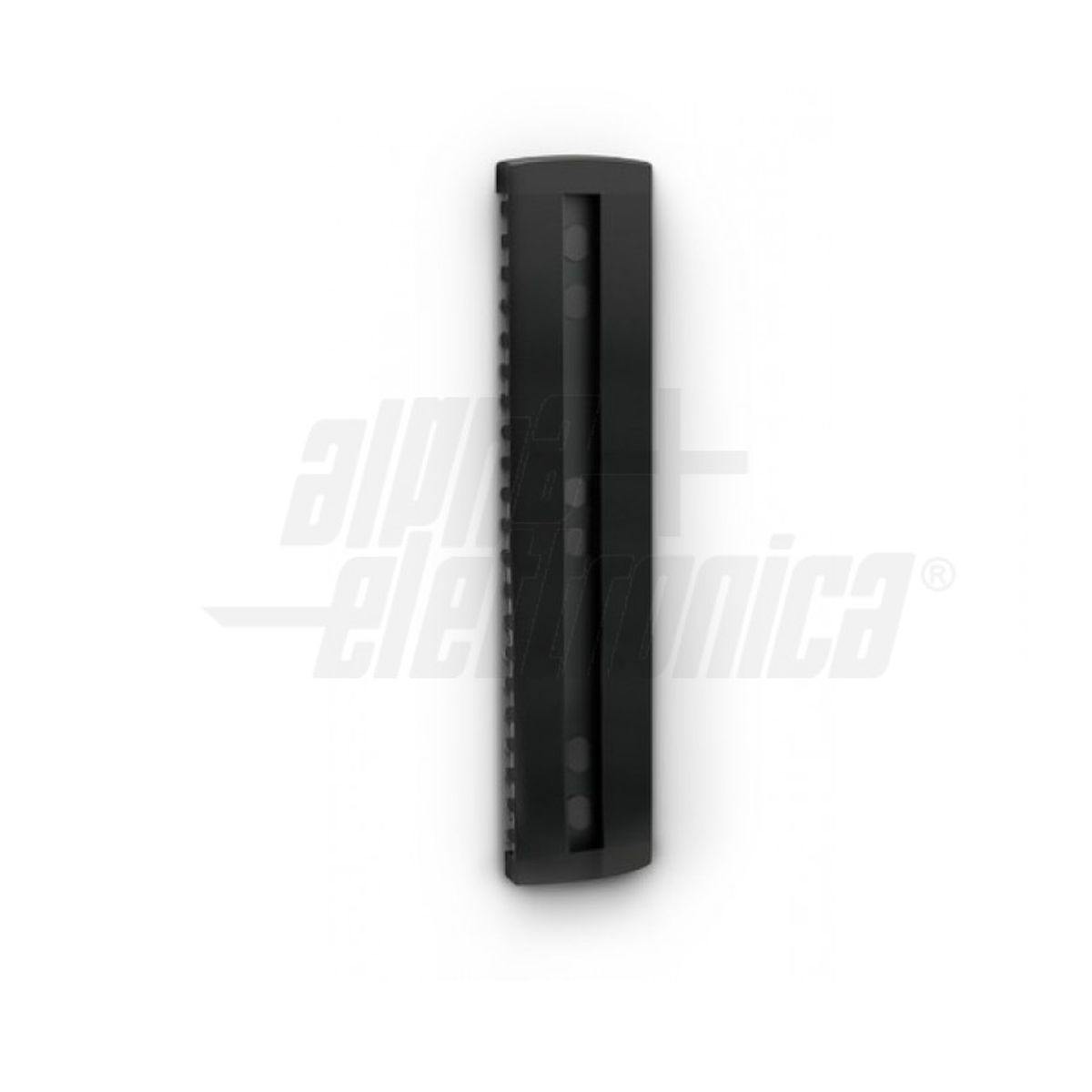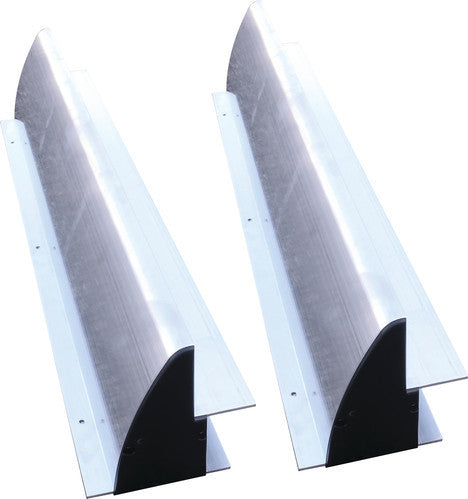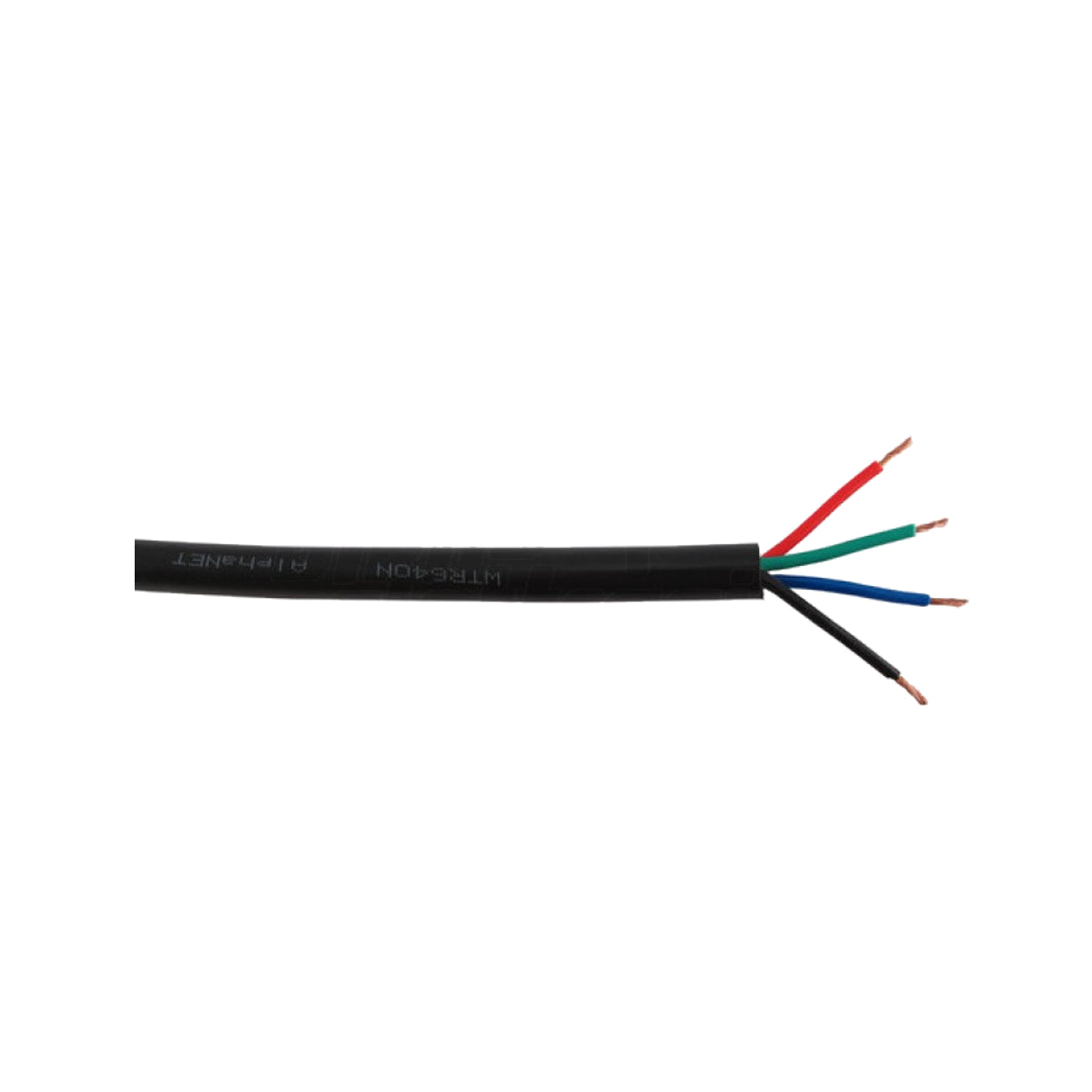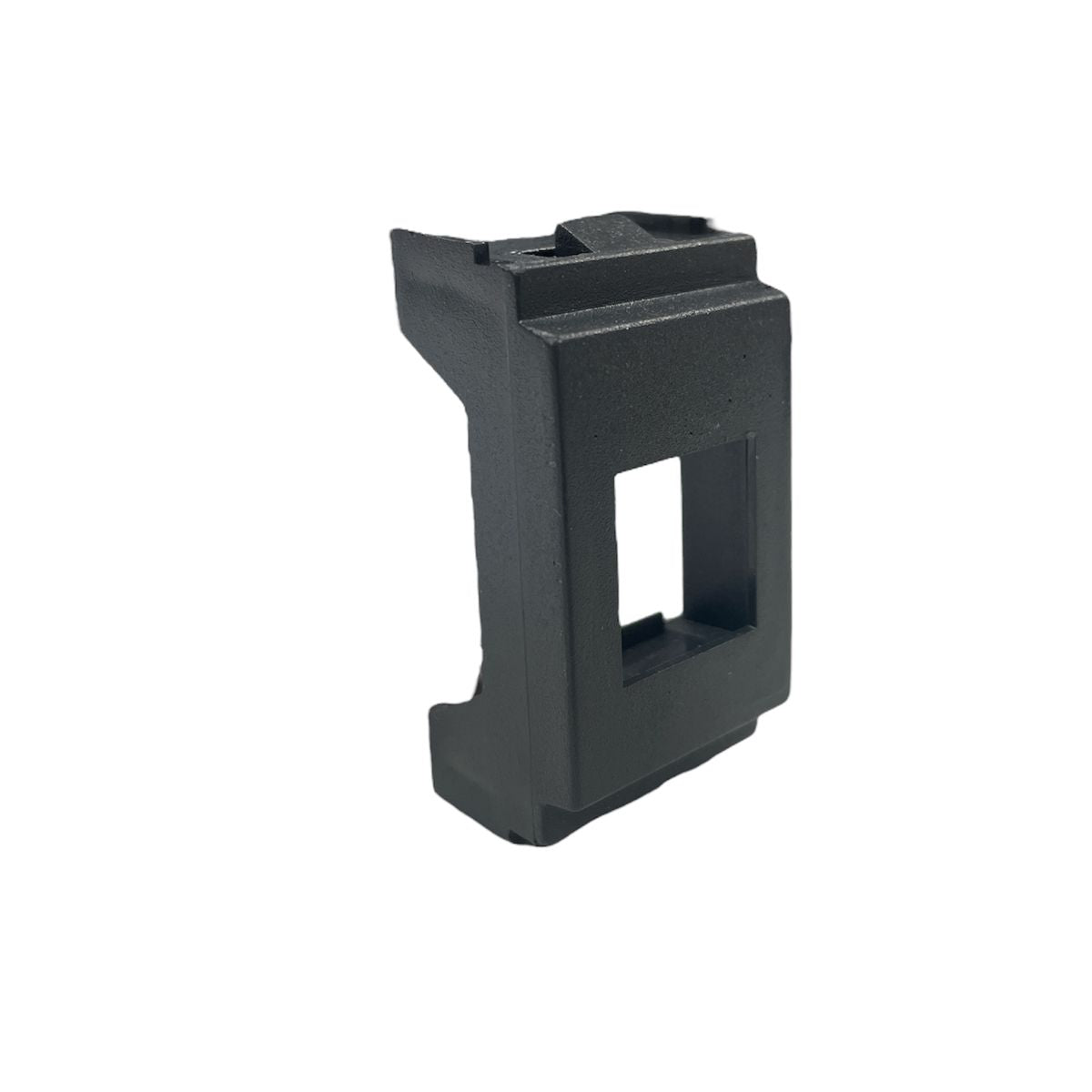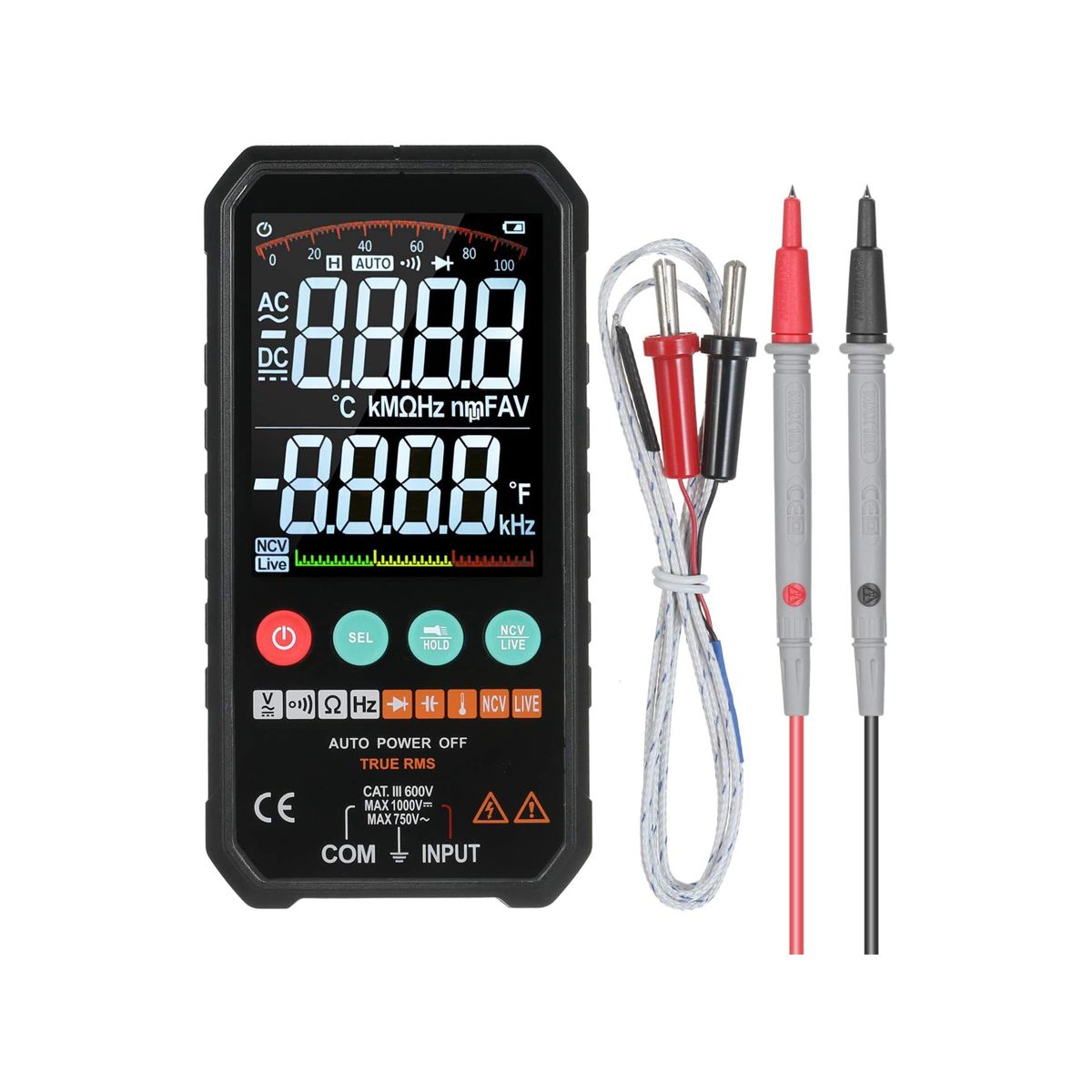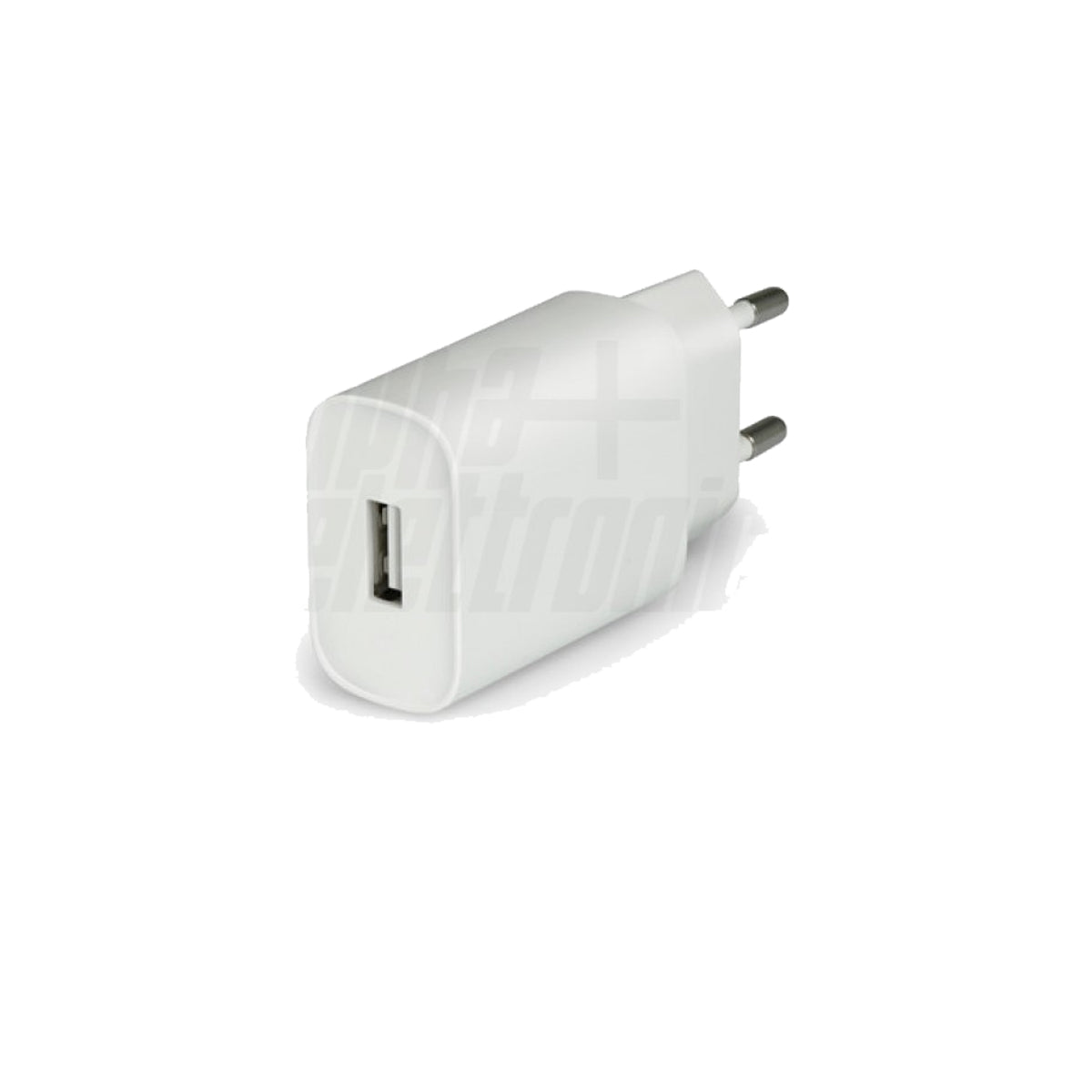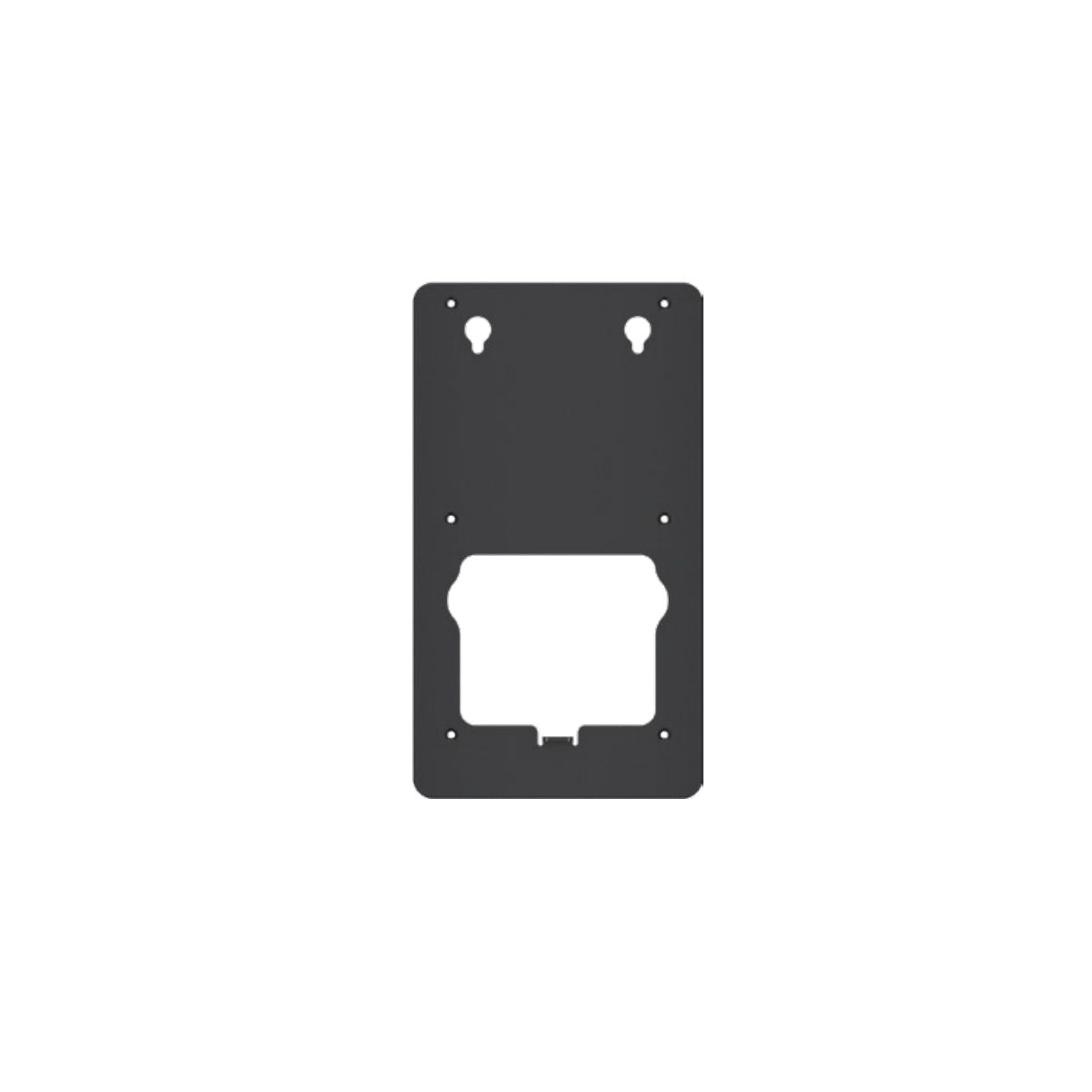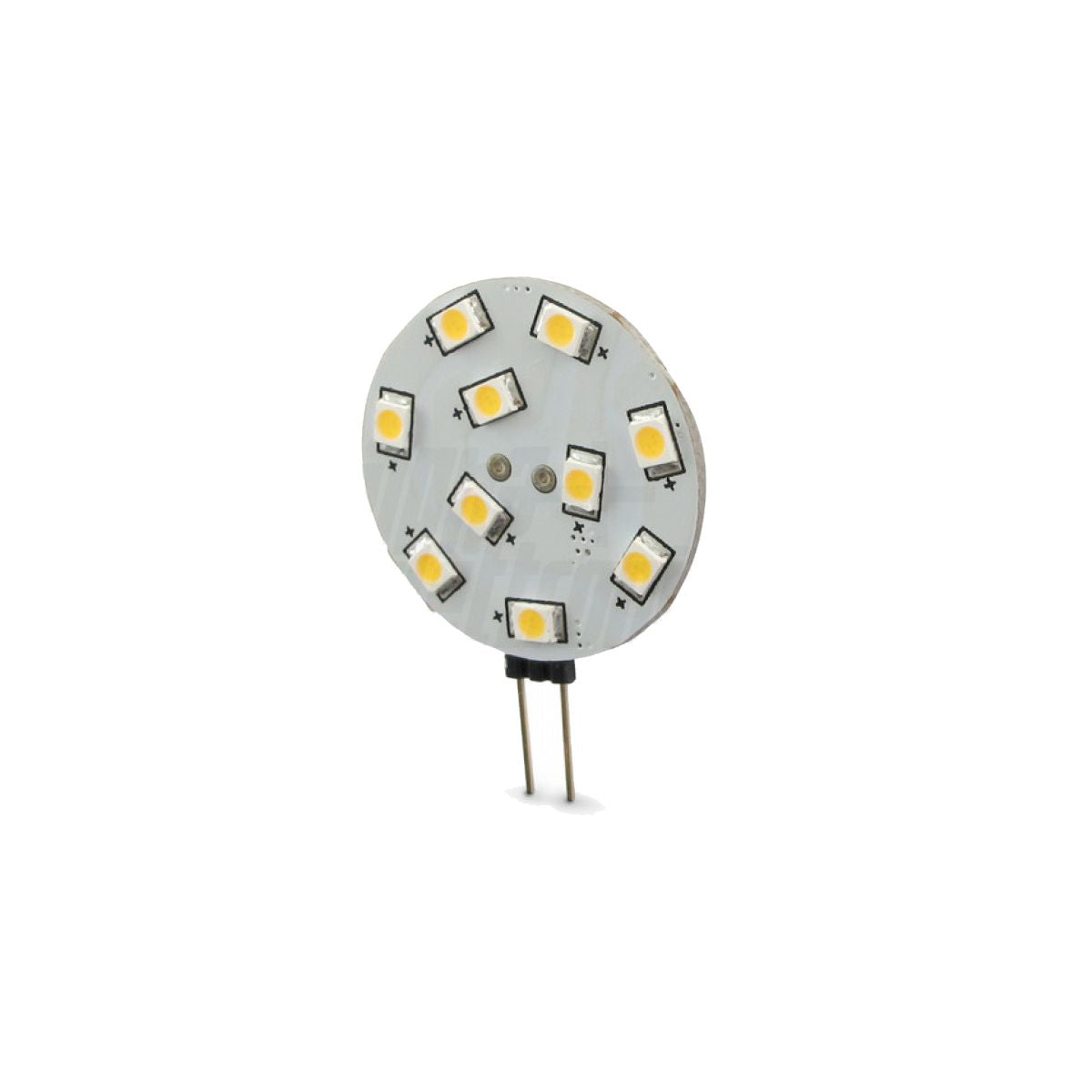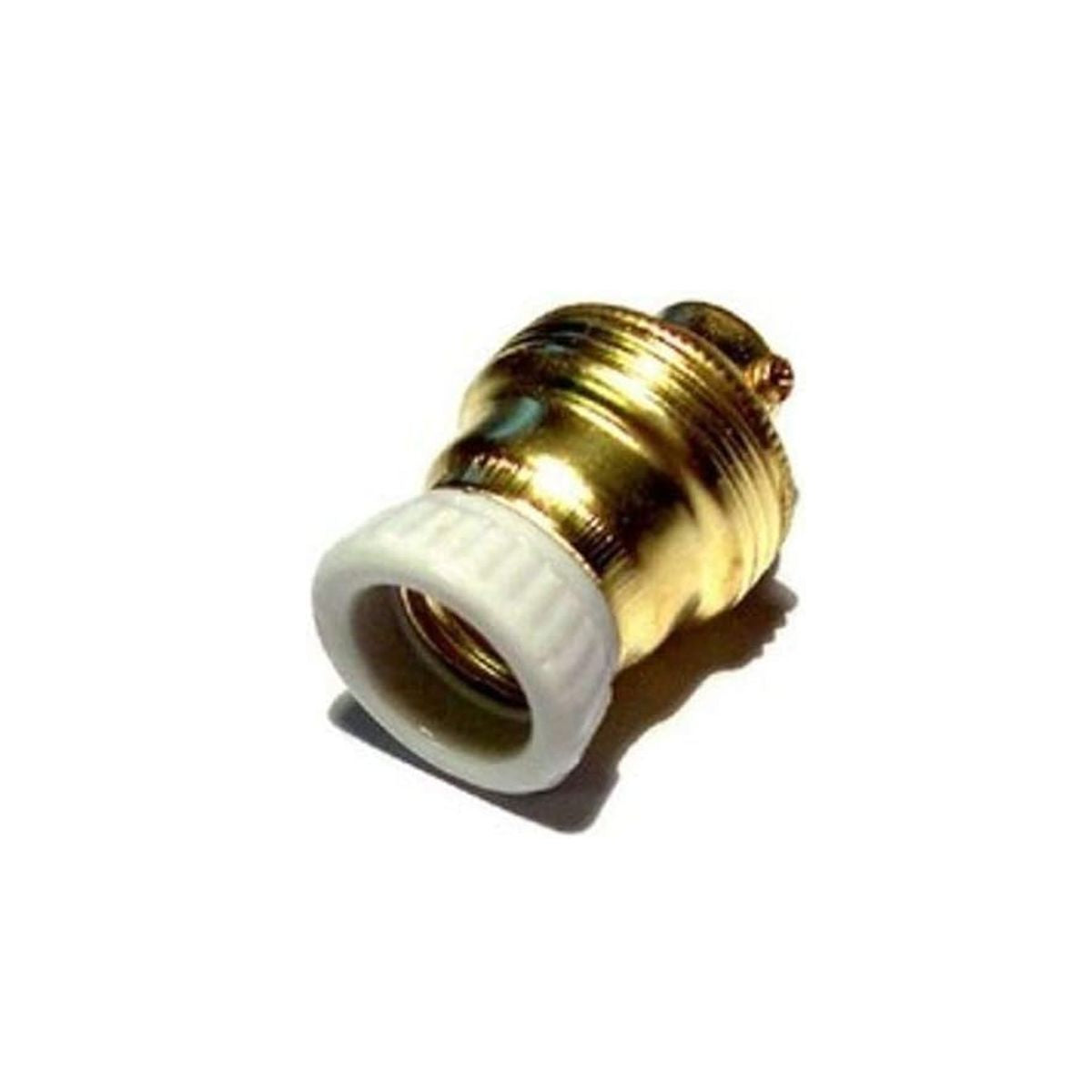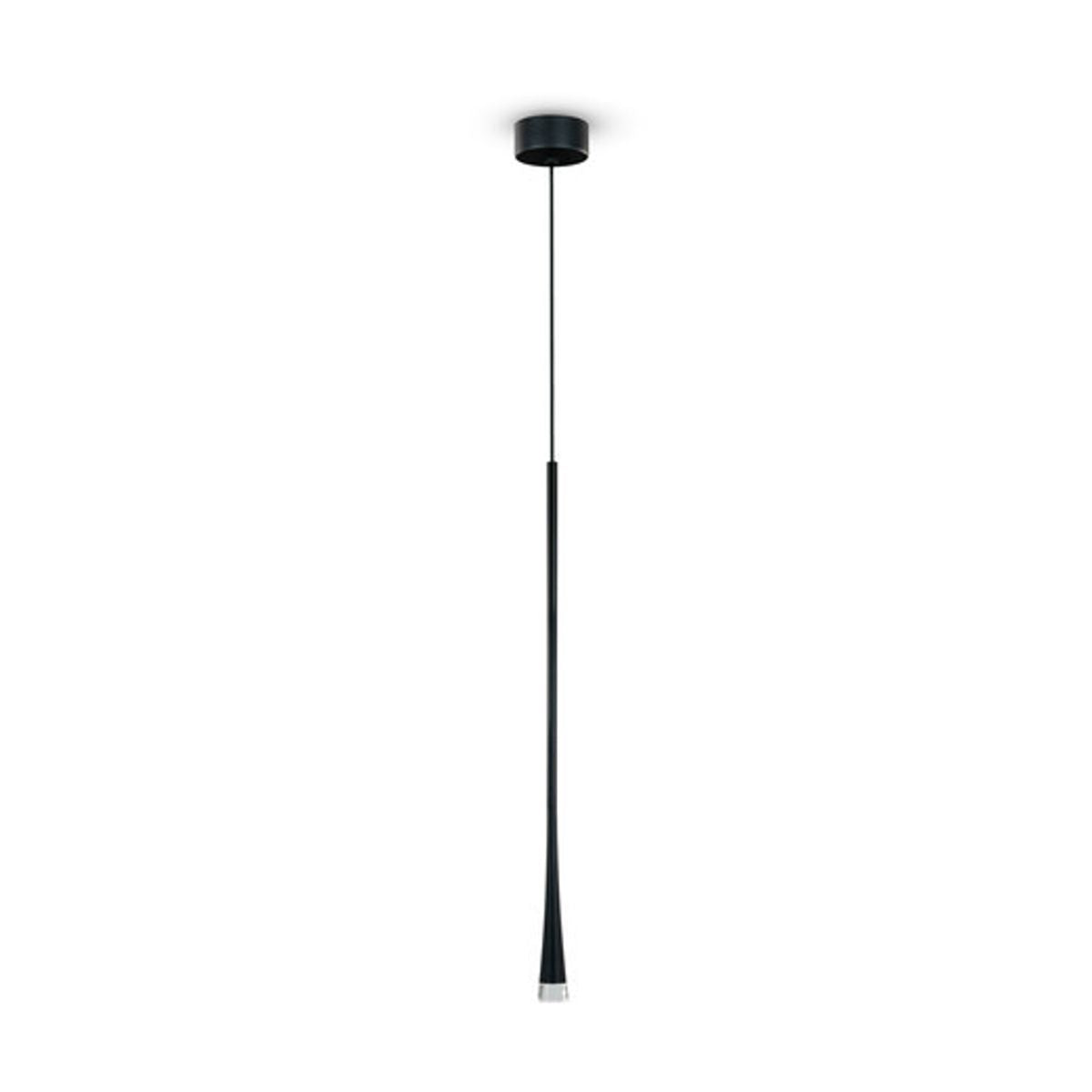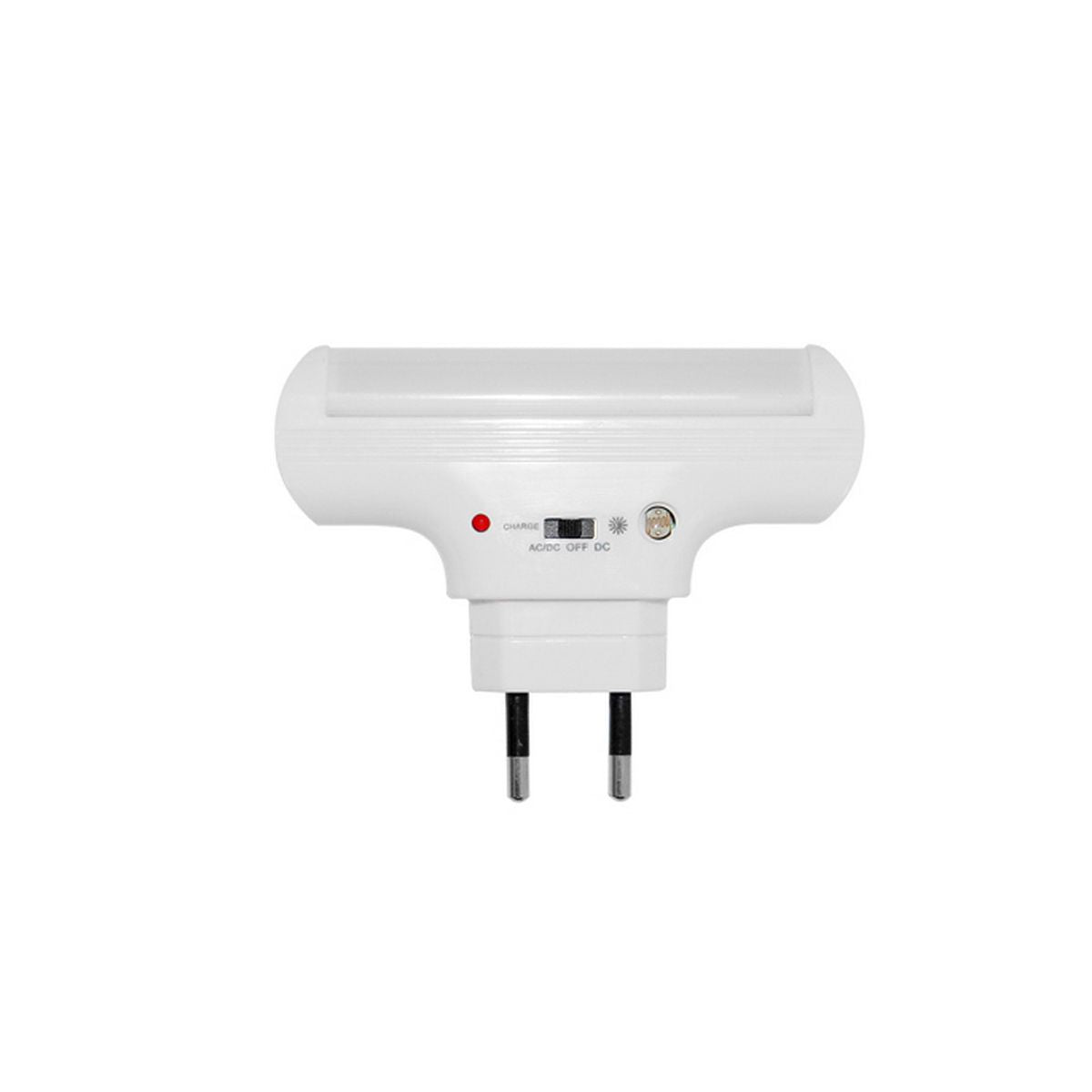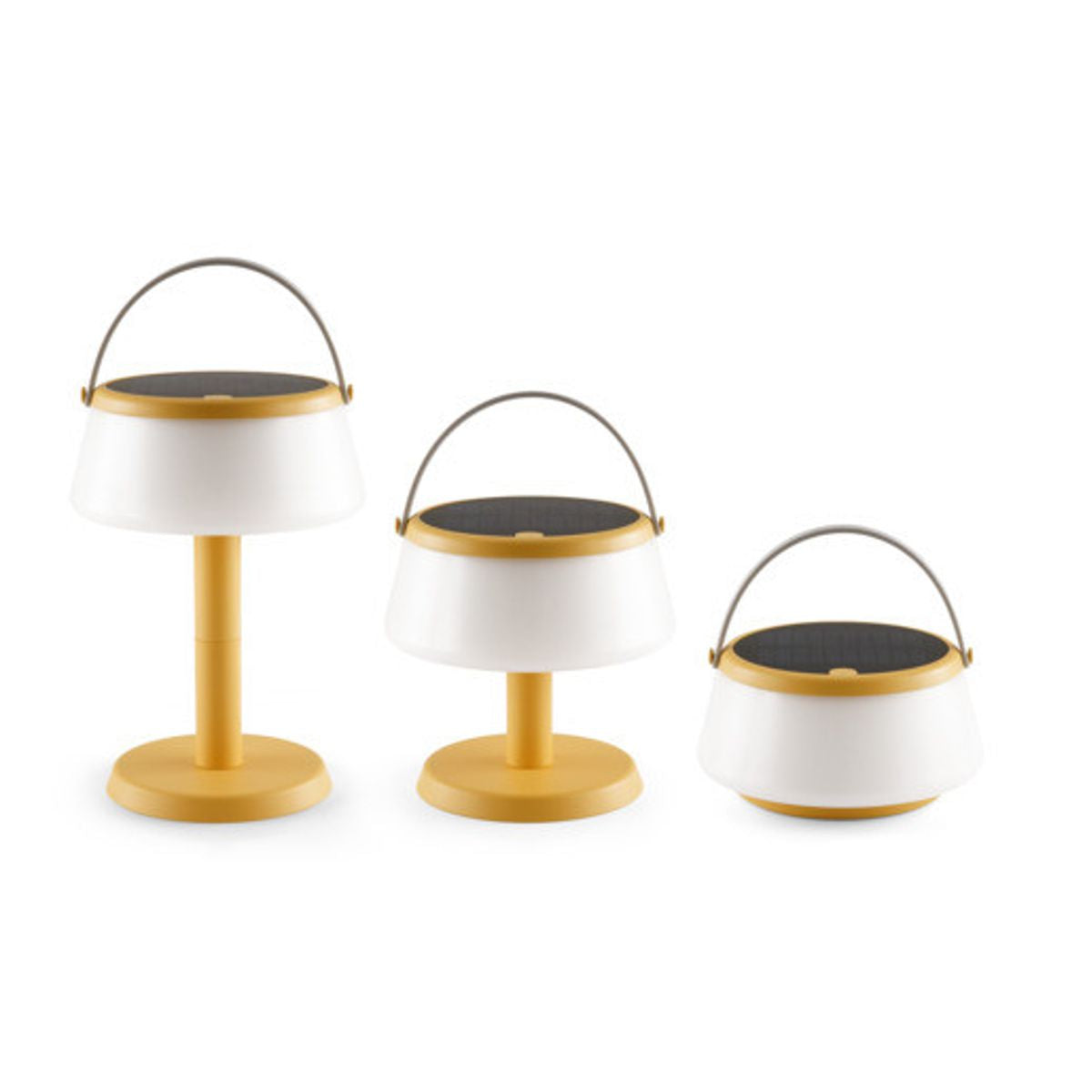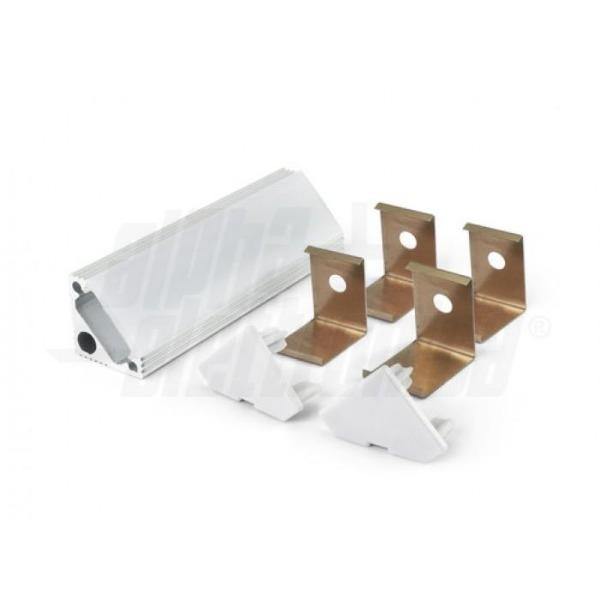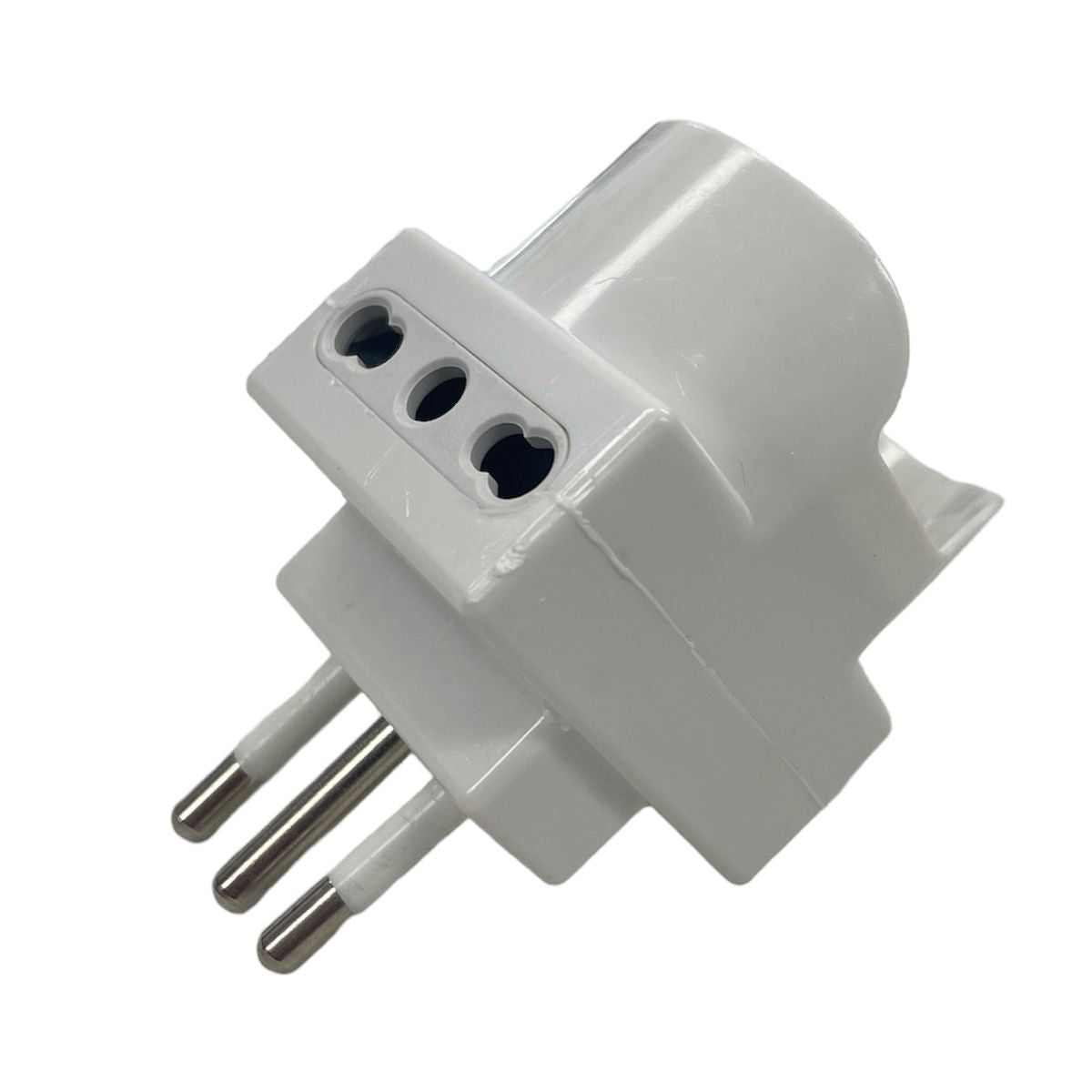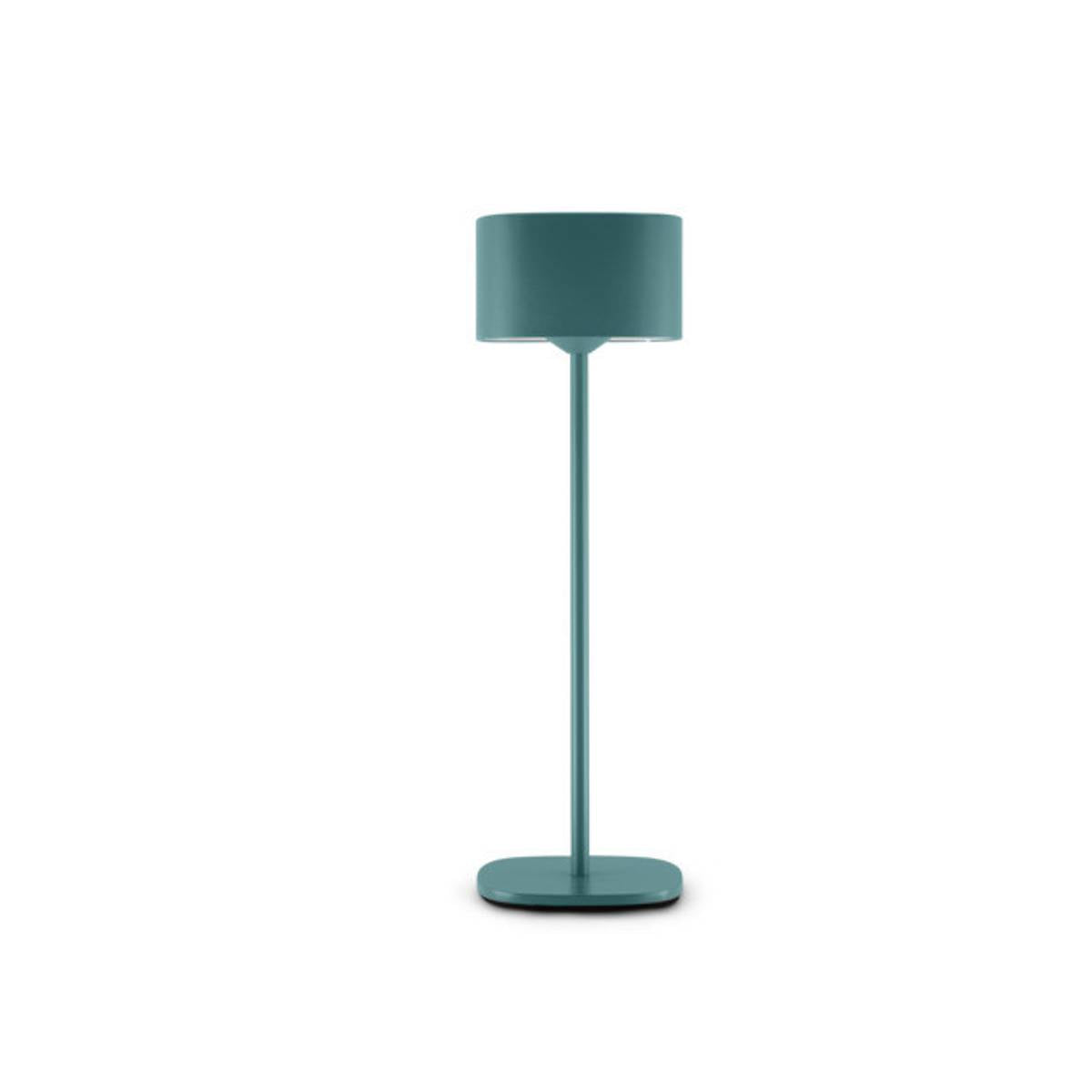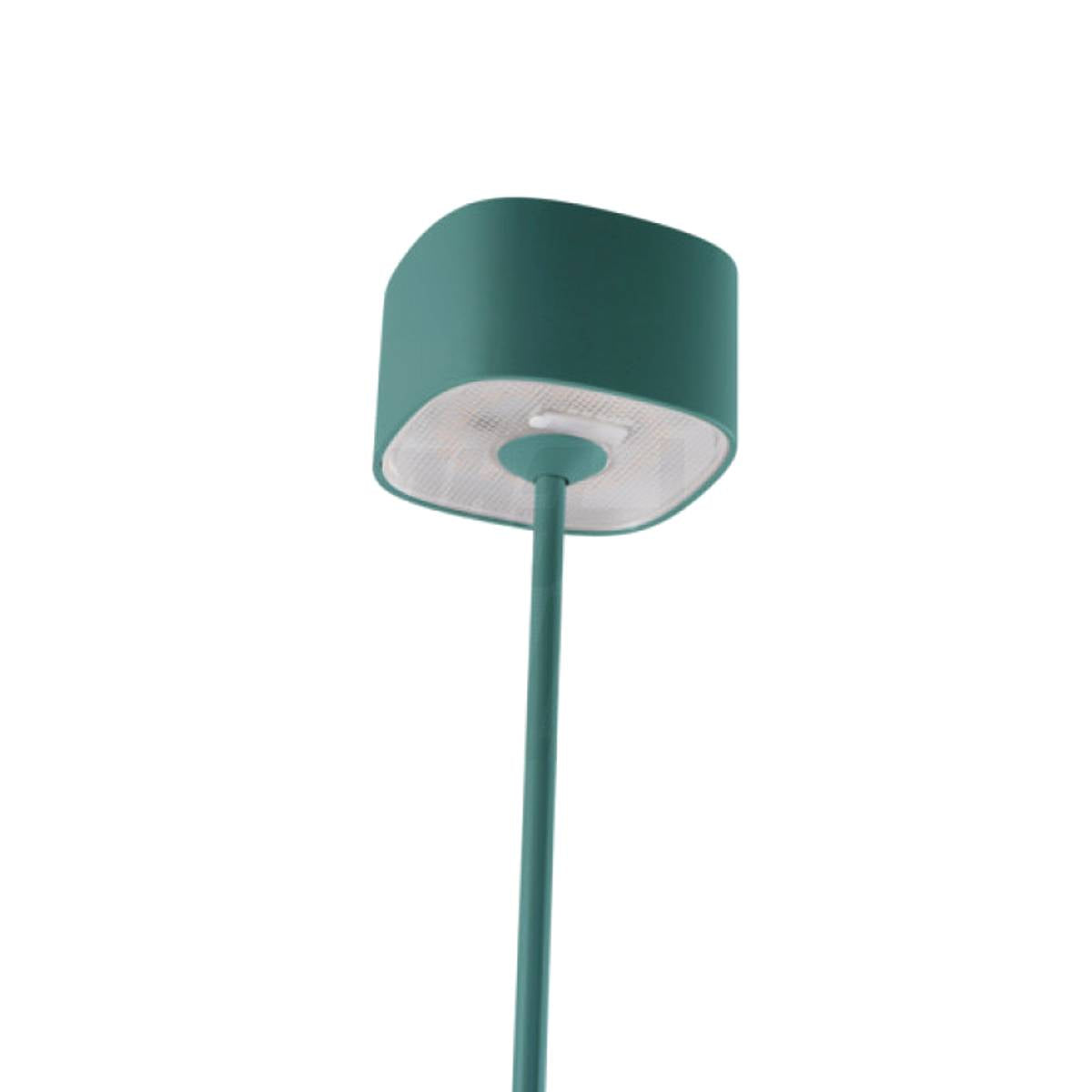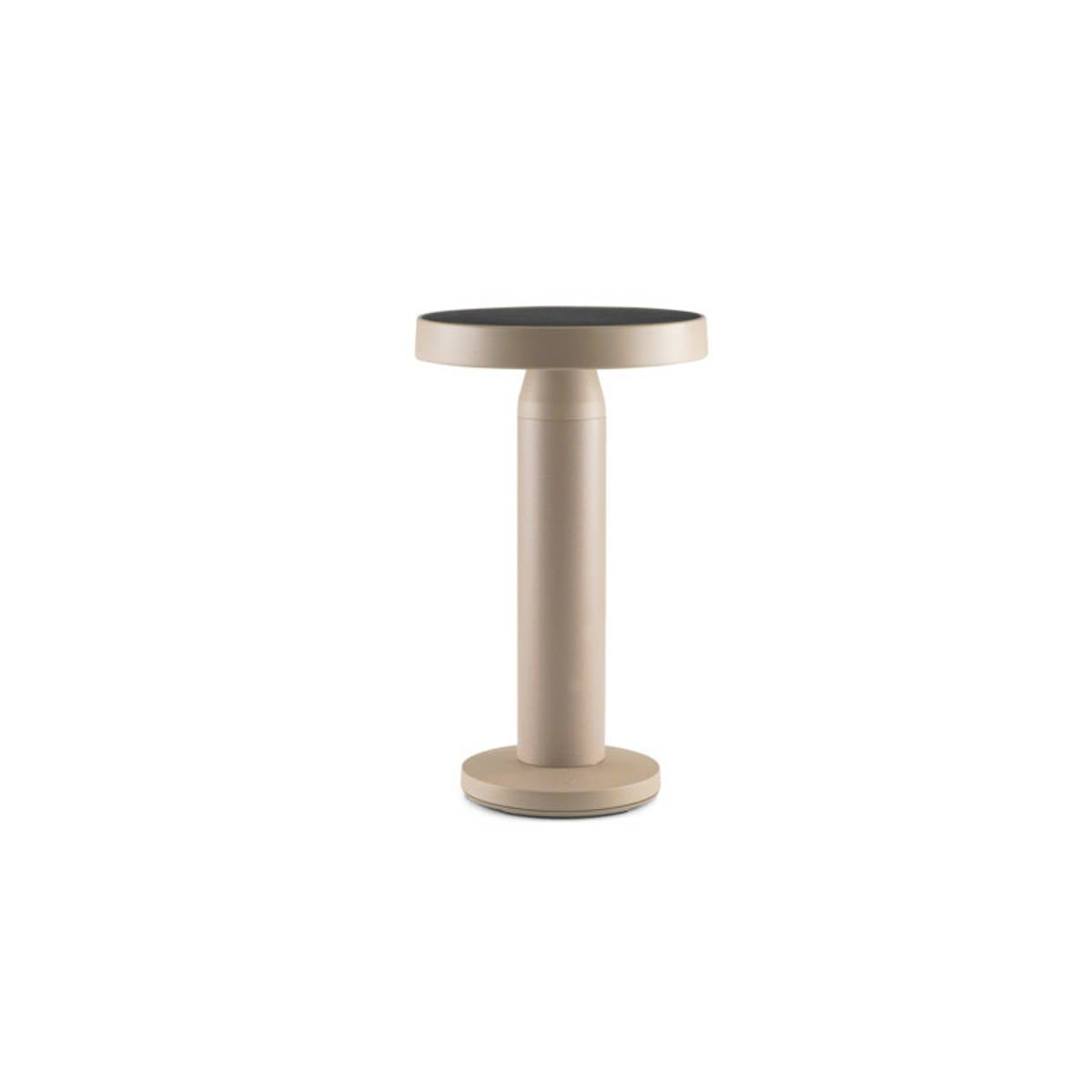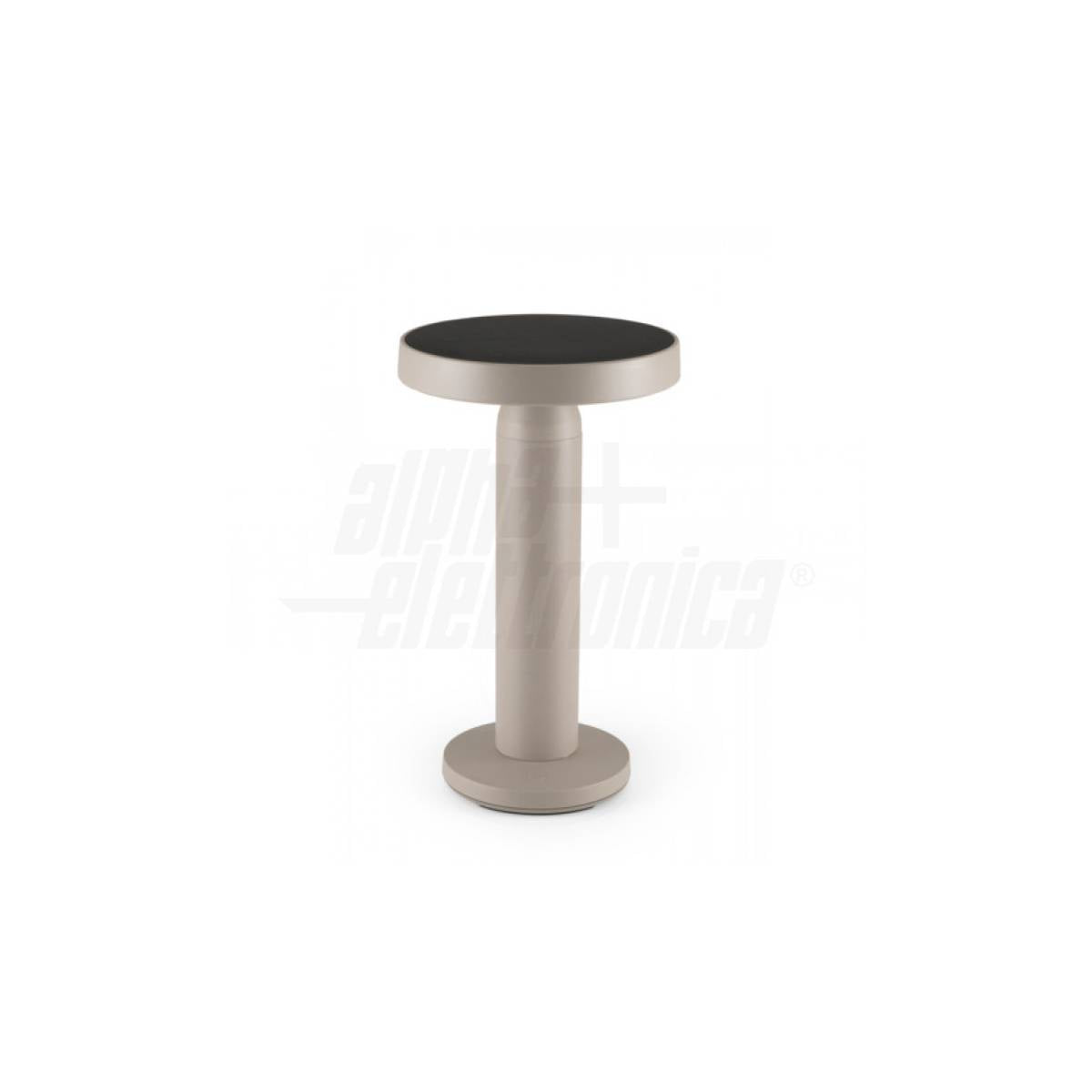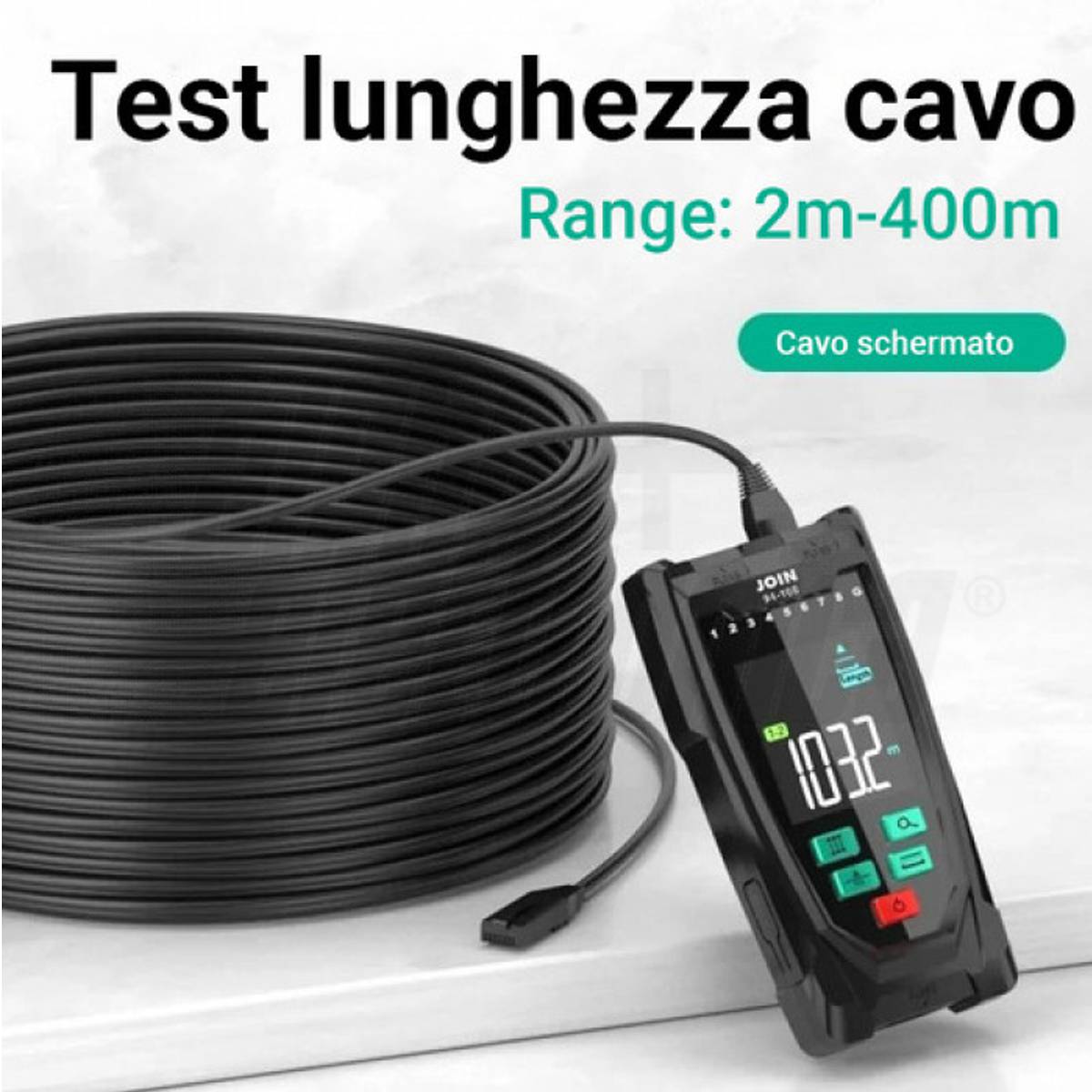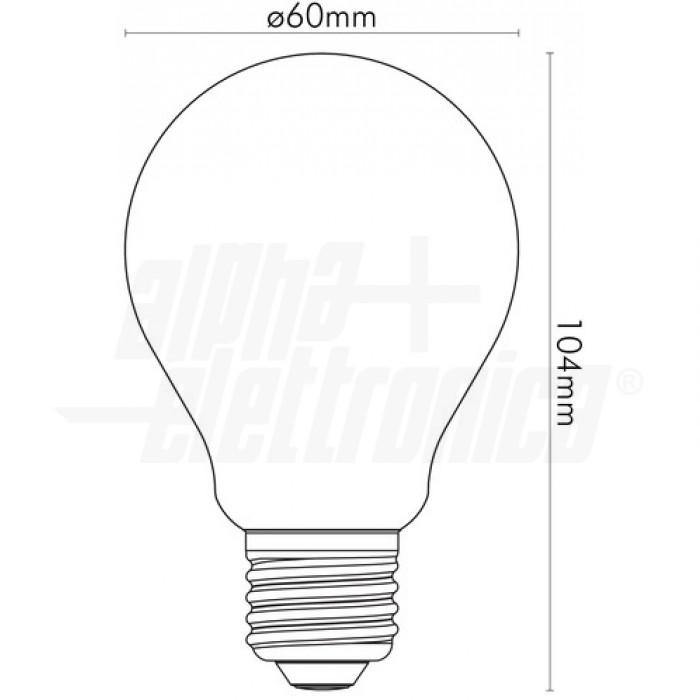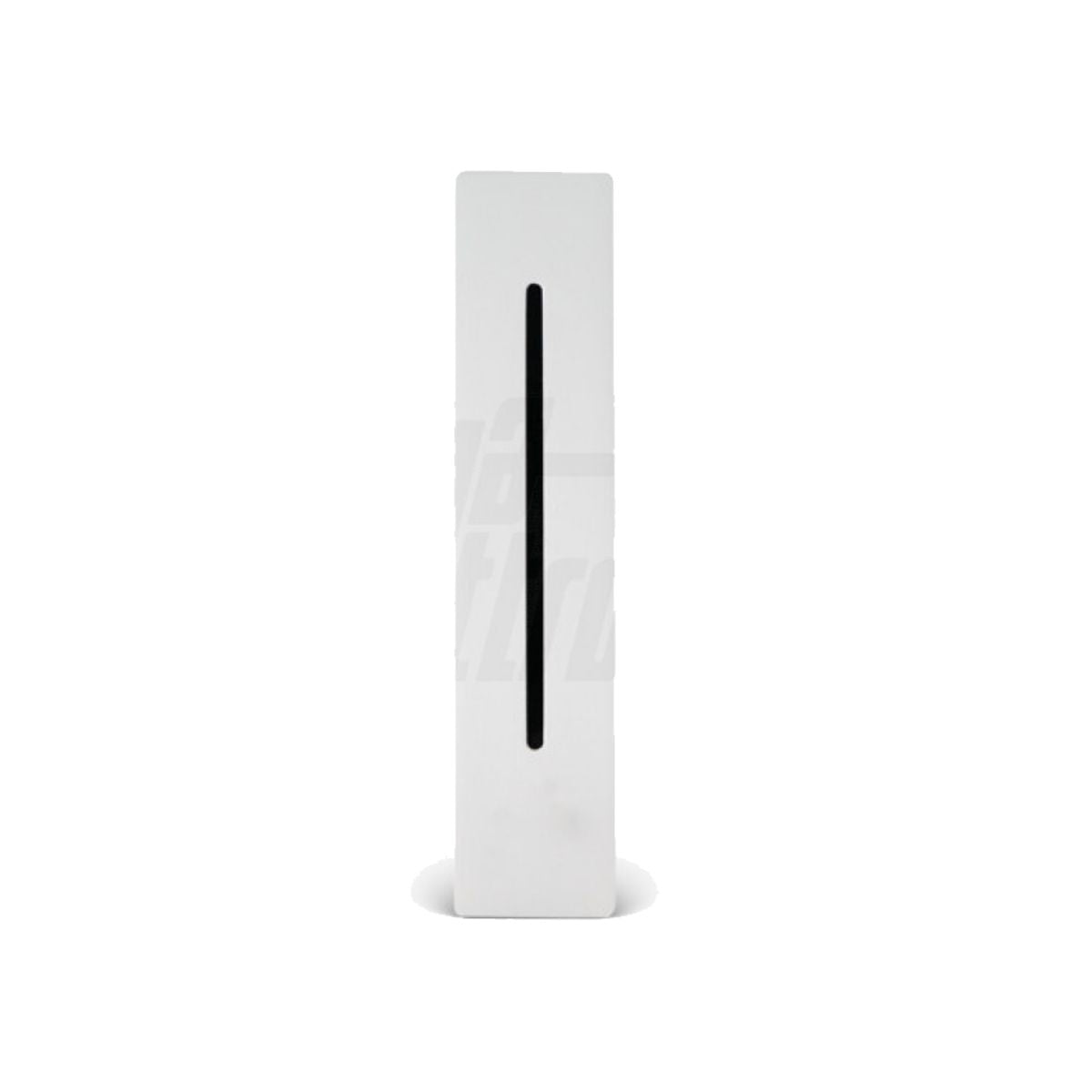We've all heard of LAN cables , which allow us to connect our devices directly to a modem without using Wi-Fi. LAN means Local Area Network and when we talk about this type of cables inside a home or an office we also talk about Ethernet cables .
If it is not correct to make a bundle of all the grass it is even less so to say that all LAN cables are the same, it always depends on the purpose for which they are purchased and therefore used.
It seems trivial, but it is not enough to talk about connection between devices, you need to know the distance to be covered and the exact number of devices to be connected to a network via LAN cable.

LAN cables, we said, are not all the same. They differ by categories, by environment in which they must be placed (external or internal), if they are shielded or not, and again they are divided into FTP or UTP (different type of shielding of the wires inside the sheath that covers the cable and therefore different resistance to interference).
The category is assigned to each type of LAN cable on the basis of two general indicators (electrical properties and type of insulation) and on the basis of other specific parameters. Each category is indicated by a number and a letter or two numbers, each element indicates the type of cable with which you are dealing and any improvements that have been made in the related category.
If once the LAN cables supported frequencies up to 200 MHz, today even the cheapest ones support far better connections and as you go up in quality and price you get up to 1000 MHz, with distances covered up to 400 meters, useful for installations inside business structures.
All our cables are tested using the Fluke DSX-8000 tool which allows the verification and certification of copper transmission channels from category 3 to 8 (in particular in the case of patch cord cables they are verified through the "Component" test.



